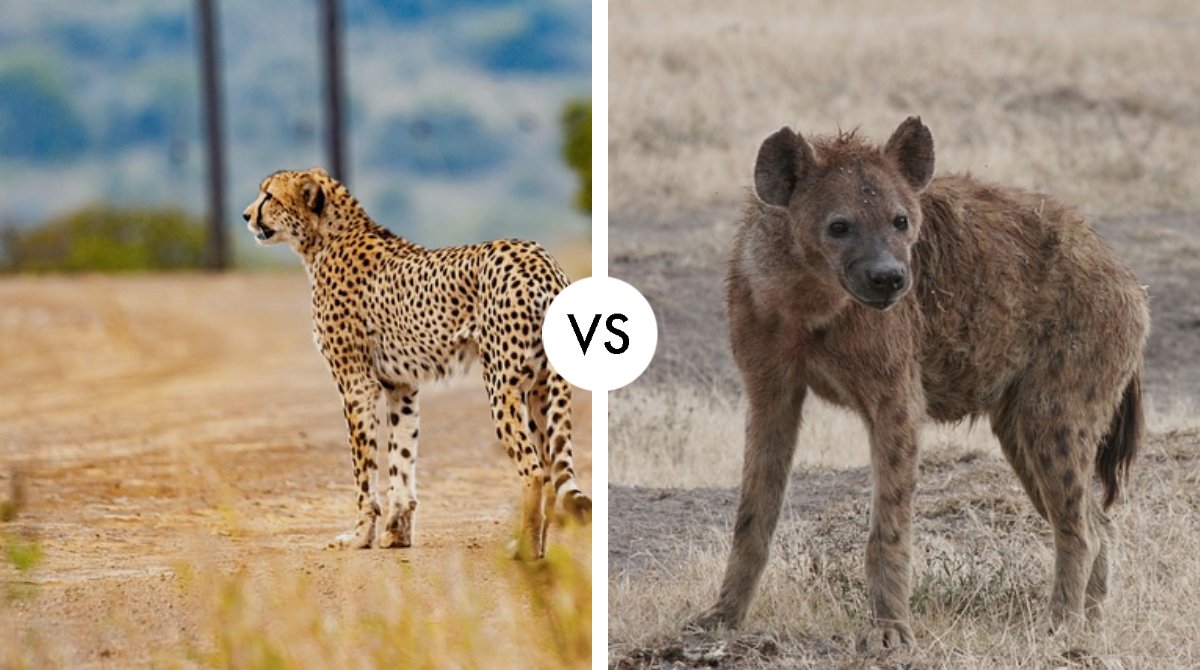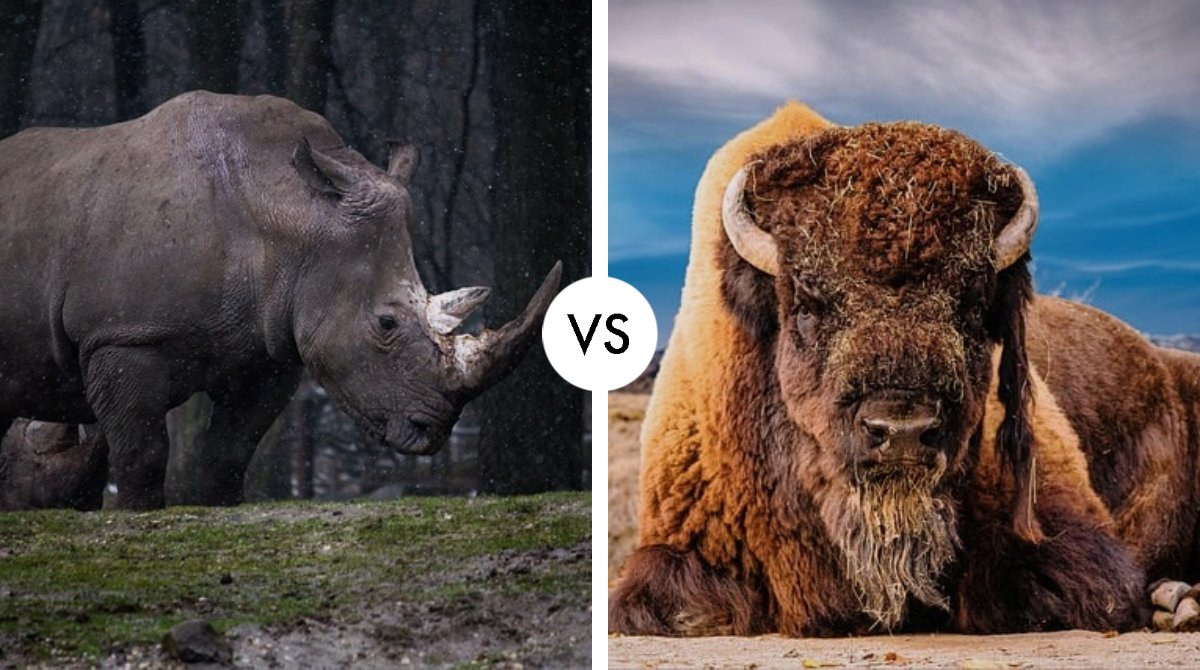Location and Habitat
The polar bear, a majestic creature, primarily inhabits the icy regions of the Arctic Circle, encompassing the Arctic Ocean, its surrounding seas, and surrounding land masses. This marine mammal is supremely adapted to life on the vast sheets of sea ice, where it heavily relies on the frozen landscape to hunt its primary prey, seals. The stark white of its fur provides camouflage against the pervasive snow, making it an apex predator in its frigid habitat.
In contrast, the Arctic wolf, also known as the white wolf or polar wolf, is found in the Arctic regions of North America and Greenland. Unlike the polar bear, the Arctic wolf does not depend on sea ice but instead roams the tundra, where it preys on a variety of Arctic mammals and birds. The isolation of their habitat has helped them avoid the threats of hunting and habitat destruction that wolves in more southern regions face. Adapted to the cold environment with their thick, insulative fur, Arctic wolves are smaller than their southern gray wolf relatives but are just as formidable in their icy domain.
Polar Bear vs. Arctic Wolf Comparison
| Attribute | Polar Bear | Arctic Wolf |
|---|---|---|
| Size and Weight | Adult males typically weigh 350–700 kg (770–1,540 lb), about 2.4–3 m (7.9–9.8 ft) in length | Adults typically weigh 34–46 kg (75–101 lb), about 1–1.5 m (3.3–4.9 ft) in length |
| Ability to Finish Opponent | Extremely strong with powerful limbs, capable of overpowering large prey and other predators | Highly social and strategic, usually hunts in packs to take down prey but less effective alone |
| Weaponry | Sharp claws and strong jaws with a bite force capable of breaking bones | Sharp teeth and strong jaws designed for gripping and tearing |
“`
Hunting and Skills
Polar bears primarily prey on seals, using their powerful sense of smell to detect seals’ breathing holes in the ice. They wait patiently by these holes and then use their immense strength to pull the seals out of the water. Polar bears are also known to scavenge on whale carcasses and, occasionally, hunt walruses and beluga whales. As apex predators, they have few natural enemies and rely on their large size and strength for defense.
Arctic wolves, on the other hand, hunt in packs to take down larger prey such as muskoxen and caribou, utilizing their numbers, coordination, and strategic planning. They also prey on smaller animals like Arctic hares and lemmings. Their social structure helps in both hunting and defense, allowing them to protect their territory and young from other predators, including other wolf packs. Arctic wolves are adapted to their harsh environment, with thick fur and a communal lifestyle aiding in their survival.
Polar Bear vs. Arctic Wolf Who Would Win?
The polar bear, significantly larger and stronger, initially dominates with its size and power. The Arctic wolf attempts to use agility to evade and attack, targeting the bear’s flanks. However, the bear’s thick fur and fat provide protection against the wolf’s bites. The polar bear counters with powerful swipes, likely causing severe injuries to the wolf. The wolf struggles to inflict critical damage due to the bear’s size and strength.
Winner: Polar Bear with 90% chance of winning.




